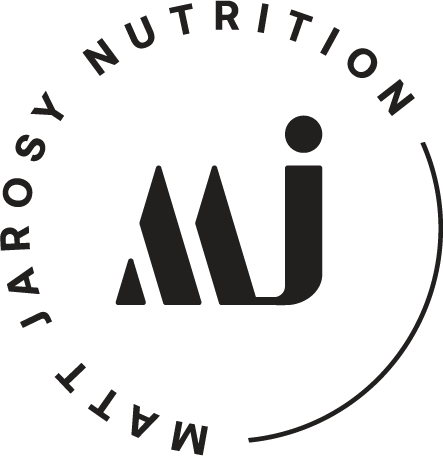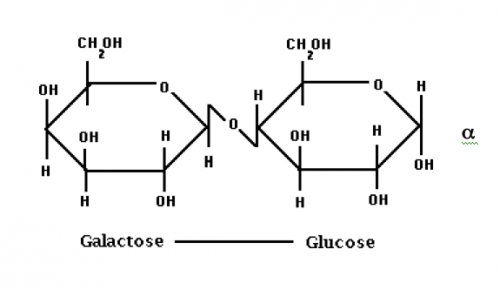Lactose Intolerace: Explained
In today's post, I wanted to break down the basics of lactose intolerance as it's something that crops up a lot. Most of us at some point have thought about whether dairy agrees with us.
Lactose is a major type of sugar in milk. There are many types of sugar in our world such as fructose or sucrose, of which are often referred to as ‘simple’ or ‘complex’ depending on their chemical chain (for example, lactose is a disaccharide, it has two single sugar residues). You can see below lactose is broken down (or made up) into galactose and glucose.
In order to cleave these sugar chains apart, humans have different enzymes that line the intestines. This allows us to easily absorb the sugars into our bloodstream. Our intestinal wall is extremely thin and only wants nice and simple molecules to pass through, otherwise our blood would be very busy, like a road at rush hour.
The enzyme that we have for breaking down lactose is aptly named ‘lactase’. When we’re born and consuming our mothers milk, this enzyme is very active in our intestine, because if we didn’t have it, we wouldn’t survive. Your body is very intuitive in that it will upregulate or downregulate enzymes according to its needs. However, this mechanism also means if something isn’t being used, it will mostly stop being produced.
Naturally as we age and move away from milk, our bodies stop producing so much lactase and therefore we experience some ‘discomfort’ when we consume fresh dairy. Your GIT tract doesn’t like accepting macromolecules (large molecules) into its home without a proper ‘slice and dice’. It needs to get accustomed again. This is what we mean by lactose intolerance essentially.
However, there’s another way we can cleave apart sugars such as lactase and that’s fermentation. For example, butter or yogurt is made by a process of fermentation. This is why a lot of people who have problems with fresh milk, often have no problem with consuming butter or yogurt because some of the work has already been done. Fermentation begins with glycolysis which breaks down glucose.
It is worth noting that heat speeds up fermentation and therefore in hotter climates we get much more of this. This is why Europeans generally have less lactose intolerance compared to their friends in warmer climates. Europeans had access to more fresh, unfermented dairy where as a child in a warmer climate, didn’t really need to have that lactase enzyme after weaning due to fermentation. This is really an example of epigenetics, whereby the environment has kept certain genes a little more active as it were.
So what does this mean? Well, that’s not to say everyone can eat all dairy. Some people do have a true IgE allergy to the proteins in dairy products but for most of us, it’s a simple case of not enough enzymes. You can naturally boost your lactase production by consuming more dairy over time but for adults, I still think its best to stick to the fermented dairy products. The exception here is raw dairy, particularly raw goats milk which is very nutritious but not easy to find.
Another alternative is to use a digestive enzyme supplement when consuming dairy. This can help to kick start the break down of lactose. Most supplement brands stock some form of a digestive enzyme, some targeted to dairy. These usually contain lactase for the lactose and protease (protein breakdown) for helping break down the casein in dairy products.


